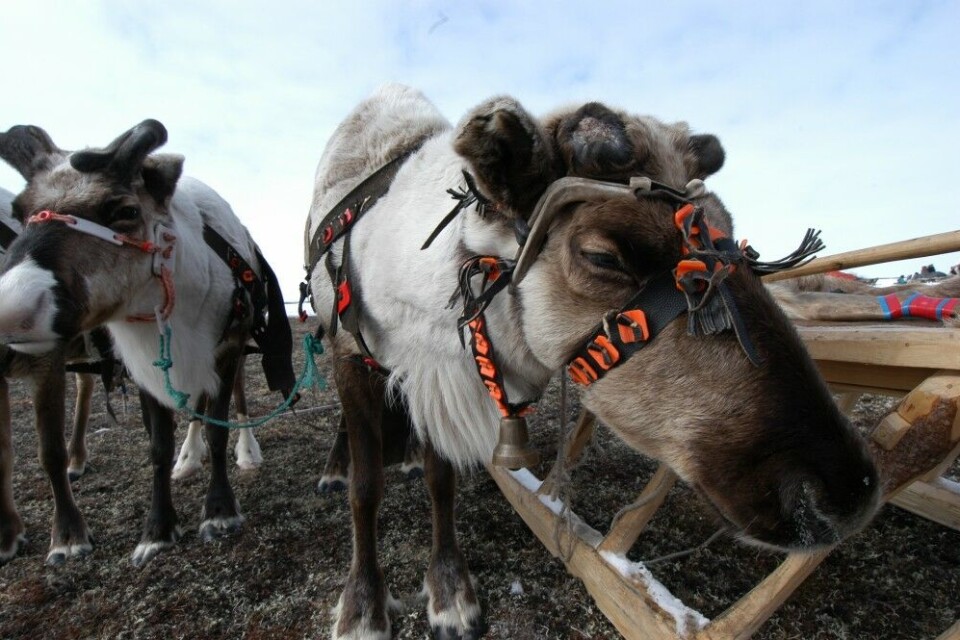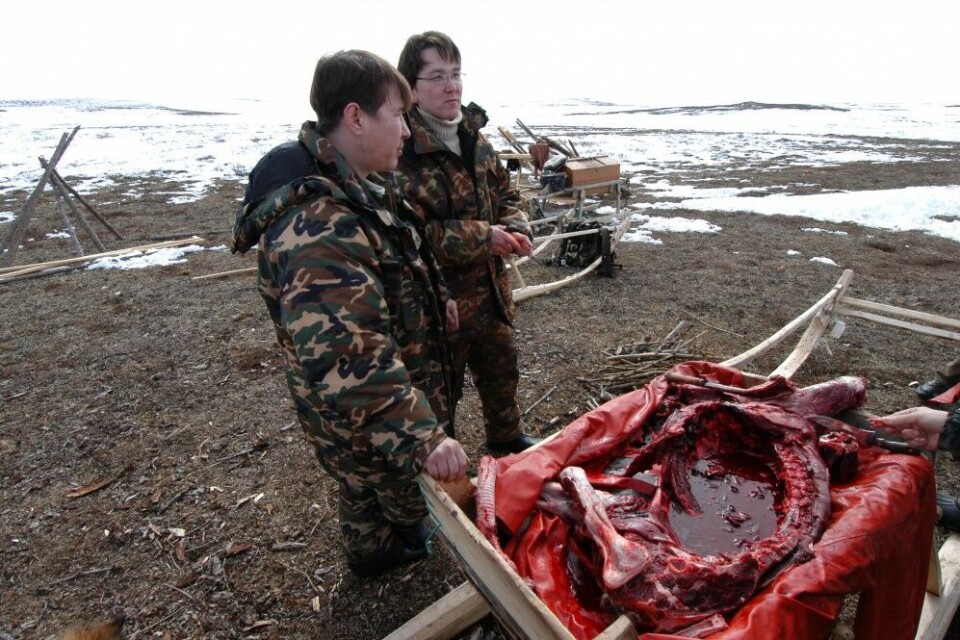
High levels of dioxin and heavy metals in reindeer liver
Rosselkhoznadzor, Russia’s Federal Service for Veterinary and Phytosanitary Surveillance says levels in reindeers from Murmansk and Nenets exceeds permitted levels.
“Almost 100 percent of the samples of reindeer liver from Murmansk region, Nenets Autonomous Okrug and Yamalo-Nenets Autonomous Okrug contained dioxins, cadmium and mercury that exceeded the permitted levels. In a number of samples, it were also found high levels of lead,” the warning issued by Rosselkhoznadzor reads.
Studying reindeer kidneys from the same regions in northern Russia, alarming levels of both cadmium and mercury were discovered.
Most contaminated is the Kola Peninsula, where dioxin levels in reindeer liver exceeded the permitted levels by 6-7 times. Mercury exceeded maximum permitted levels by 2-3 times and cadmium 4-5 times.
The study shows that the further east samples are taken, the less contaminations are found. Lowest levels are on the Taimyr Peninsula.
The veterinary service says the level of toxics in reindeer liver is of particular concern since liver is part of the traditional food of indigenous peoples of the north.
Interviewed by Novaya Gazeta, Deputy Chief Elena Lapshova with the regional veterinary control in Murmansk says pollution levels have alarmed experts for at least two years.
“It is assumed that the sources of pollution can be located at a considerable distance from where the reindeer are grazing, not only in other regions, but also from abroad,” says Lapshova.
The veterinarians in Murmansk assure the reindeer meat itself is safe to eat, the contamination only affects liver and kidneys.
High levels of cadmium in reindeer liver are not only of concern for Russian veterinary authorities. A study from Finland in 2007 concluded that consumption of organs like the liver from reindeer and moose may represent a health risk for humans.

















